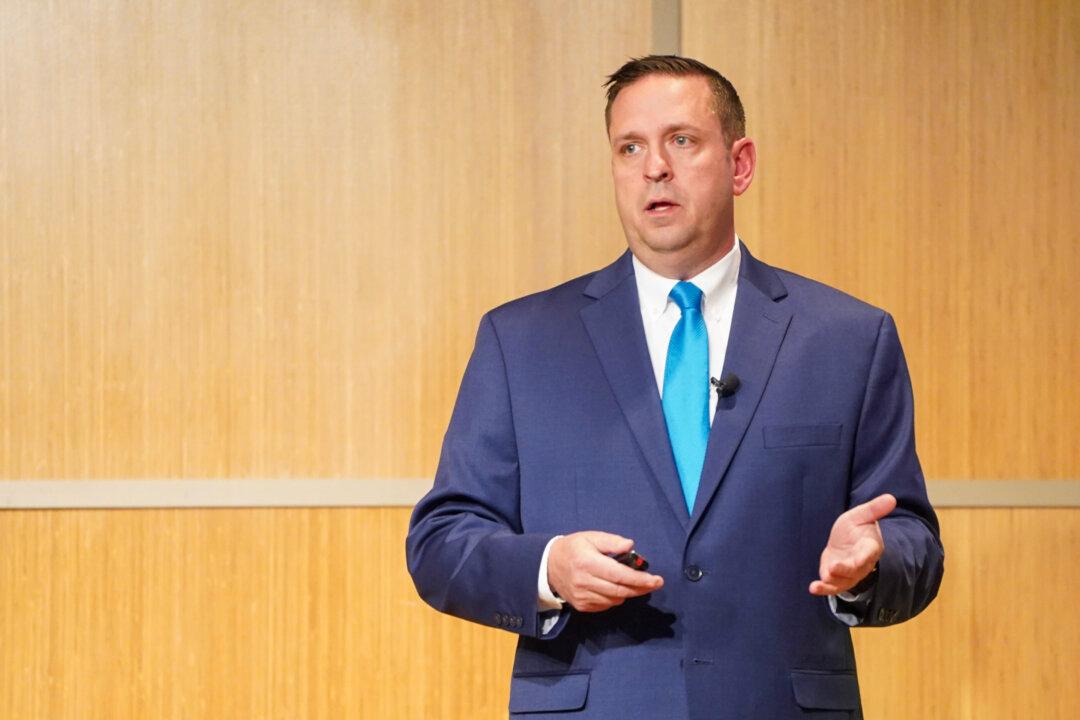In the newly passed $1.7 trillion federal appropriation bill, a sum of $21.2 million was earmarked for 11 local projects in Orange County, according to a review by The Epoch Times.
Federal earmarks are money for specific local projects at the request of congressional members.





